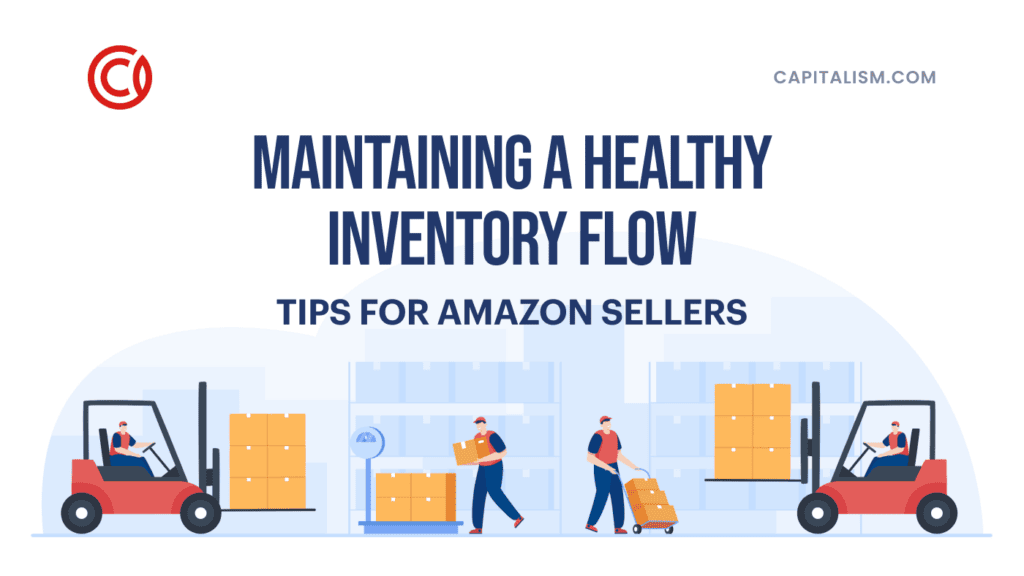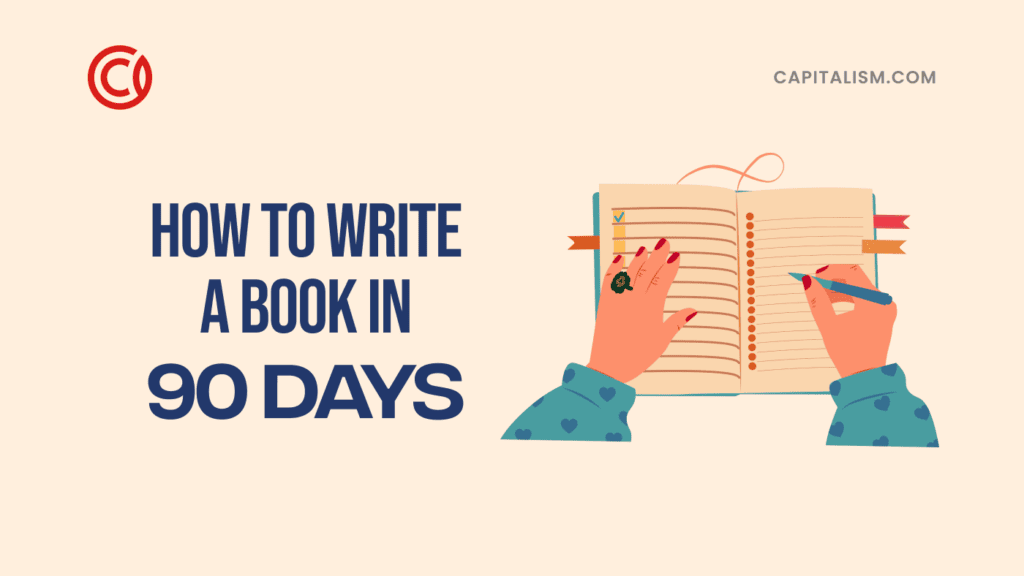Are you currently sitting at your desk wondering how on earth you can retire early? Planning an early retirement may seem like an overwhelming and complicated process—the money, logistics, savings—it’s a lofty undertaking. But don’t overthink it, the key to reaching that goal is to come up with a solid game plan and incorporate some serious lifestyle changes.
Our step-by-step guide will provide you with key actionable strategies so you can make the fantasy of retiring early a tangible reality.
This guide on How to Retire Early will cover the following 7 key steps:
- Determine your why
- Evaluate your monthly income and expenses
- Identify key expenses to cut back on
- Calculate your total savings needed
- Invest your money
- Join a community
- Talk to a professional
1. Determine your why
Determining your why might sound a bit cheesy or hokey, but if you want to meet your goal of retiring early it’s good to have a strong sense of purpose behind your decision. It’s easy to get discouraged along the way or maybe feel constrained by the new lifestyle changes you’re making in order to reach your goal. This is where a lot of people get frustrated and quit. Finding your why is what’s going to keep you going when everyone else taps out.
Chances are you’re wondering how to retire early because you’re craving early freedom or an alternate lifestyle.
Tired of staring into the blue light or your computer screen? Sit down, close your eyes, and visualize what you’d love to be doing instead. You may want to travel the world, finally indulge your culinary curiosities, spend more time with your family, start that side project you’ve been dreaming about, or simply crave the freedom of being the master of your days.
Write it all down and get crystal clear on your why. Then, draft out a personal mission statement defining your desire behind your retirement goals.
You’ll have a higher chance of success if you get defined on your why.
2. Evaluate your monthly income and expenses
Do you have a monthly budget? If you don’t it’s time to get cracking on building one out. A monthly budget is going to set you up for success and truly give you a detailed view of exactly how much you are spending on a month-to-month basis.
Start by adding up your take-home income and then subtracting your fixed expenses as well as your variable monthly expenses.
Your fixed expenses are things such as your car (if it’s not paid off), car insurance, rent/mortgage, cell bill, etc. Basically anything that is constantly the same amount month after month is a fixed expense.
Fixed expenses:
- Car
- Car insurance
- Credit cards
- Gym membership
- Rent/Mortgage
- Student loans
- Utility bills
Then on a month-to-month basis add in any recurring and new variable costs. For example, if you’re going on vacation in August factor that in, factor in birthday gifts, personal spending such as hair styling, clothes, etc.
Variable expenses:
- Car maintenance
- Clothing
- Gas
- Gifts
- Groceries
- Dining out
- Weekly lunches
- Recreational activities
Now you calculate the grand total. Tally up your annual income and minus your total annual fixed and variable expenses.
Annual income - fixed and variable expenses = annual remaining total.
This step is going to unveil your current spending habits. If your remaining total number is very low or in the negative you’ve got some work to do. If it’s in the mid-to-high positive side, it’s time to consider how to maximize that extra money.
3. Identify key expenses to cut back on
Now that you’ve identified a high-level view of your monthly and annual expenses, it’s time to get strategic about where you can ‘trim the fat.’
It’s easy to swipe your plastic and rack up the bill on luxury personal items such as fancy clothing, boutique fitness classes, expensive jewelry, fine dining, and all that stuff that makes life so great. Week-to-week spending might not seem like it’s doing much harm.
However, ‘careless’ and ‘mindless’ spending does affect your bottom line negatively. It’s time to take a hard look in the mirror, channel your fiercest inner coach, and give yourself a killer pep talk.
Early retirement means a lifestyle change of living under your means not over.
It’s personal to every individual on where they want to cut down. If you’re in a relationship, have your partner weigh-in and give you some perspective a well.
Here are a few solutions to consider:
- If your rent is too high, can you downsize to a smaller place to save up for a home (so you can start building equity)?
- If your car payment is too expensive, can you pay for a commuter car in full or sacrifice not having a car and opt for public transportation instead?
- For dining expenses, can you dine-out once a month instead of 4-6 times?
- For weekly lunches, can you start meal prepping to save on daily costs?
Those decisions and changes add up significantly. At first it may be difficult, but your brain is incredibly adaptable and you’ll pickup these new lifestyle habits that will ultimately help you reach your goal of retiring early.
4. Calculate your total savings needed
Alrighty, by now you probably have a good sense and rhythm of what your expenses and potential for savings look like. Now it’s time to determine that exact number. According to Nerd Wallet, you can use the rule of 25. This is a common golden rule that’ll give you a solid estimate of how much you should have in your savings account before quitting your job for life.
For example, if your annual retirement budget is 40,000 a year times that by 25.
Therefore your grand total would be: 40,000 x 25 = 1,000,000.
The rule of 25 assumes that you also have a nest egg which leads us to our next key step.
5. Invest your money
If you want to ramp up your retirement start date, it’s smart to make your money work for you. There are several ways you can invest your money from robo-advisors, to your company’s 401 k employee retirement plan, mutual funds, stocks, and more.
Before investing, make sure that first and foremost you tackle any pesky debt such as student loans, credit cards, and car payments. Your mortgage or rent of course may be an outstanding factor. If your debt is piled mile high you may want to consider picking up a second gig temporarily just to help expedite the process.
Investments have the potential to reap big returns if you play it smart. The best way to get started is to educate yourself and read up on blogs such as Money Under 30 that brief you on strategies to start investing your money (even if you just have a little right now).
6. Join a community
“If you want to go quickly, go alone. If you want to go far, go together.” – African Proverb
If you want to increase your chances of early retirement you’ve got to find your tribe. Surround yourself with like-minded individuals that share your goals of leaving their day jobs ahead of schedule. Share tips, cheer each other on, and engage with your community.
Research studies show that we’re much more likely to stick with a positive habit or lifestyle change if we surround ourselves with people who are also trying to reach a shared goal. It’s a natural system of checks and balances. Curate a community that fosters your success.
Wondering where to join a community? There’s Facebook groups you could search for, local meet-ups, chat forums, and blogs all dedicated to early retirement.
FIRE (Financial Independence, Retire Early) is a millennial movement that shows people how to retire early through a hyper-ambitious money model.
If you’re looking for additional mentorship, Dave Ramsey provides a trove of resources on his website that provide financial guidance on how to build wealth as well as retirement tips.
7. Talk to a professional
If you’ve got some specific questions it never hurts to talk to a financial advisor. An expert that knows the ins-and-outs of how to maximize your money. A financial advisor can help you decide on what the best investments are, they can educate you on complicated terminology, and serve as an educator to get you started on a strong plan. Their advice isn’t cheap, but it’s definitely an investment in your financial future.
A financial advisor can help you with:
- 401(k)
- Education expenses
- Financial performance
- Investments
- Short term goals
- Long term goals
- Retirement guidance
Following the seven tactics above in our step-by-step guide on how to retire early will help make your goal less daunting. It’s going to take some grit, sacrifice, new habits, and education but staying on track will grant you that early retirement you’ve been dreaming of from the confines of your cubicle. Remember to build and customize a plan that works for you and stick to it. Cheers to your early retirement.












